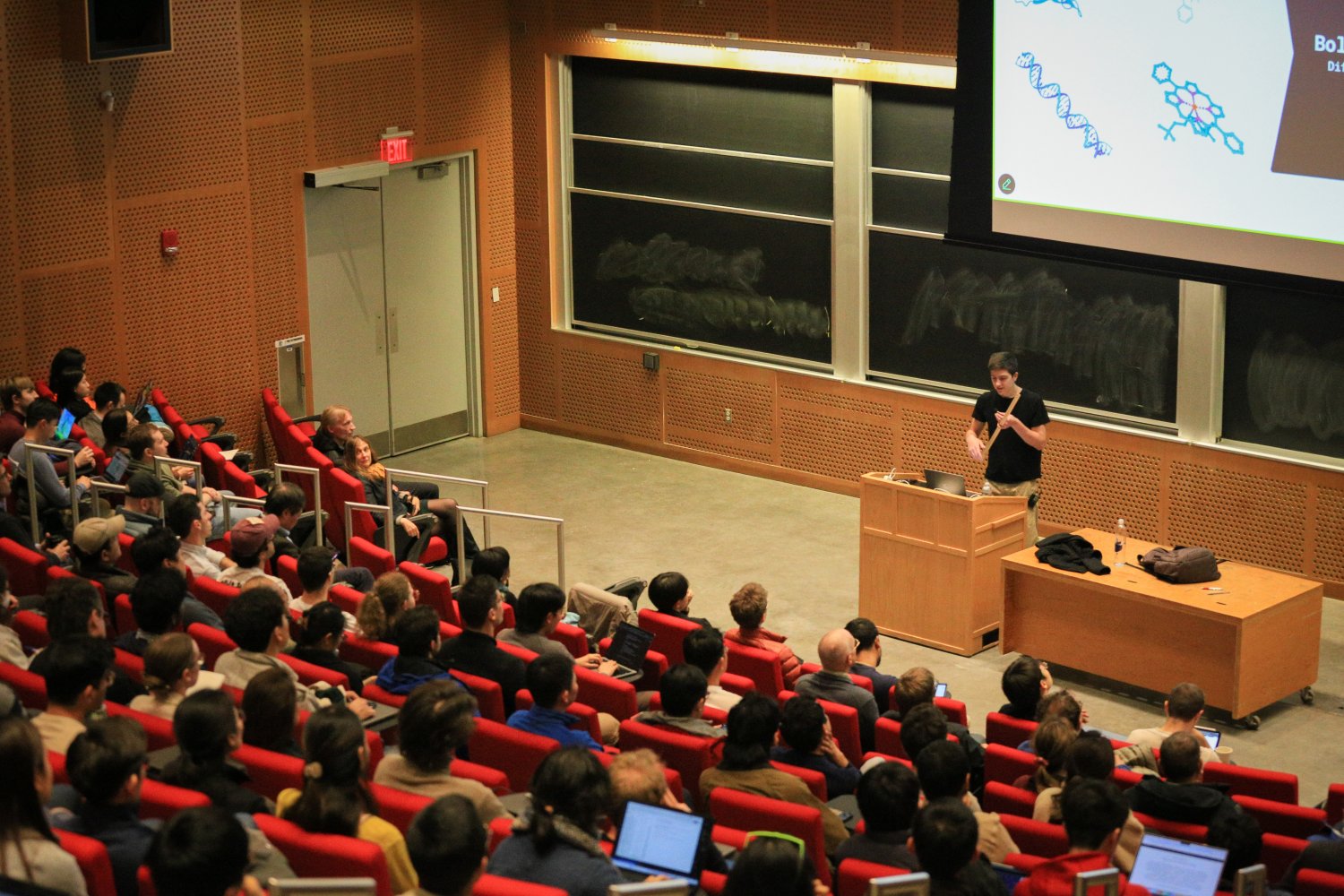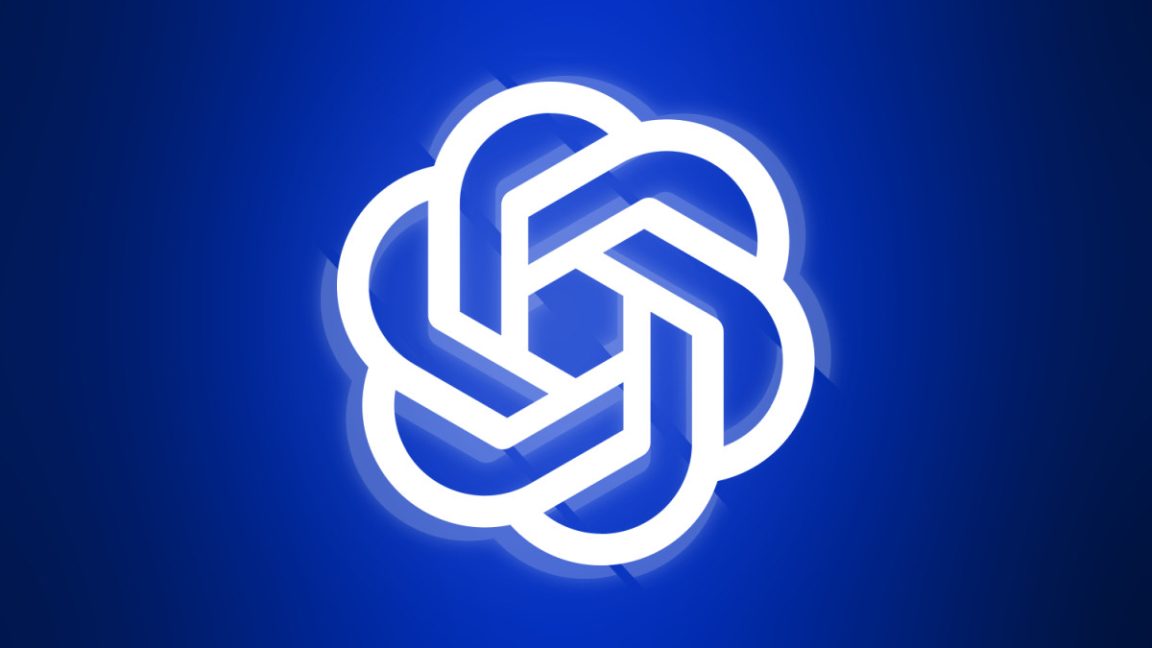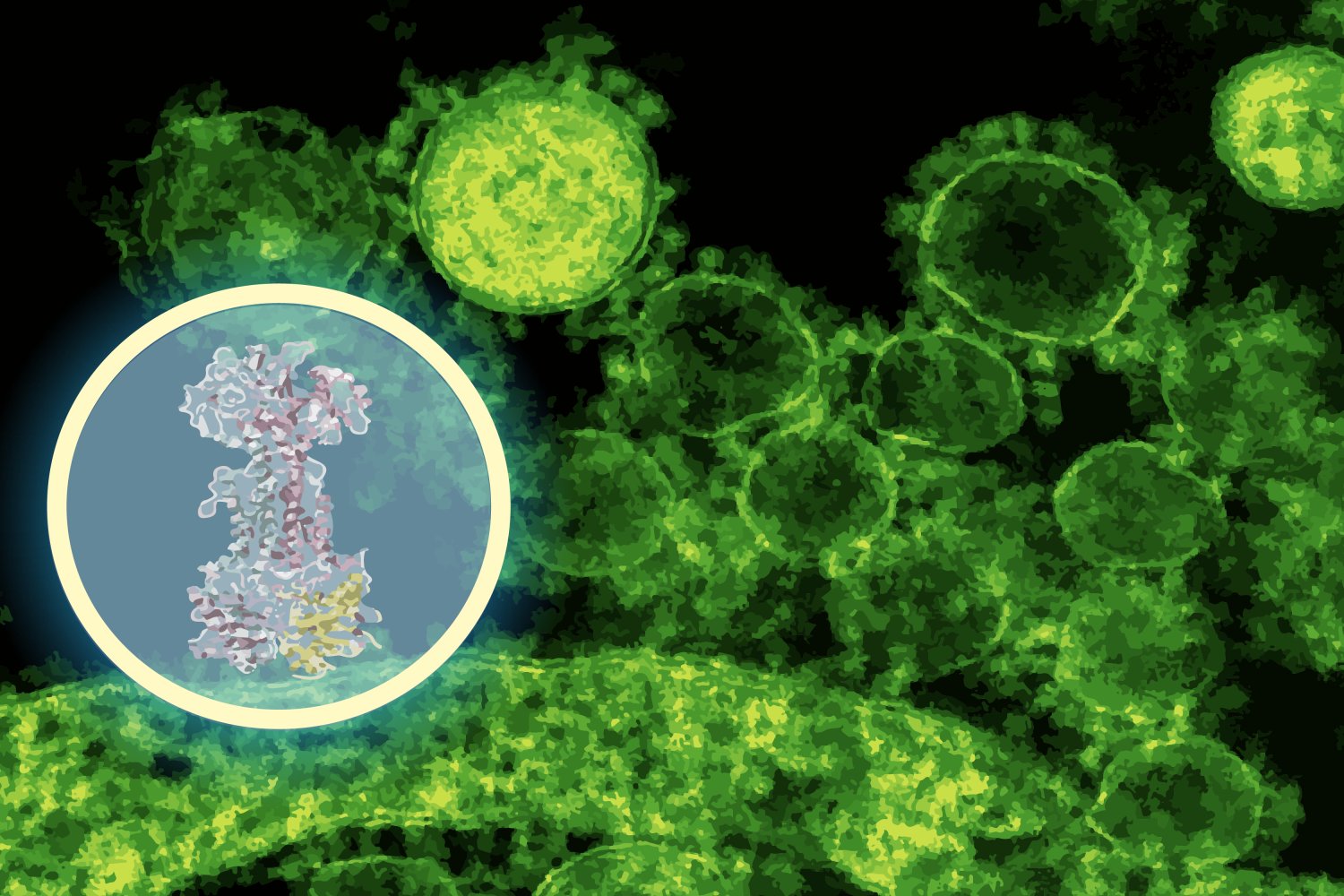Introduction to Protein Structure Prediction
Think of it this way, finding a protein’s structure might previously have cost $100,000 in the lab. According to experts, if we were only a hundred thousand dollars away from doing a thing, it would already be done. This highlights the significant impact of cost on the progress of scientific research, particularly in fields like protein structure prediction.
The Power of New Technology
At the same time, researchers are looking for ways to do as much as they can with this technology. They are trying to figure out how to make structure prediction an even bigger part of the problem, because they have a nice big hammer to hit it with. In other words, they want to make everything into nails. The idea is to make things into nails and find out how to make this thing that they made a million times faster a bigger part of their process.
What’s Next?
The next step involves fusing the deep but narrow power of AlphaFold with the broad sweep of Large Language Models (LLMs). The goal is to create a system that can read science, do some scientific reasoning, and build amazing, superhuman systems for protein structure prediction. This fusion of technologies has the potential to revolutionize the field of protein structure prediction and beyond.
Combining Technologies
A system called AlphaEvolve, being built by another team at Google DeepMind, uses an LLM to generate possible solutions to a problem and a second model to check them, filtering out the trash. Researchers have already used AlphaEvolve to make a handful of practical discoveries in math and computer science. This approach is likely to be explored further in the future, leading to more significant breakthroughs.
The Future of Research
Jumper, a Nobel Prize winner at the age of 39, is now at the midpoint of his career. He believes that his approach to this stage of his career is to try to do smaller things, little ideas that you keep pulling on. The next thing he announces doesn’t have to be his second shot at a Nobel. He thinks that’s the trap, and instead, he will focus on making steady progress and exploring new ideas.
Conclusion
The field of protein structure prediction is rapidly evolving, with new technologies and approaches being developed. The fusion of AlphaFold and LLMs has the potential to revolutionize the field and lead to significant breakthroughs. As researchers continue to explore and combine different technologies, we can expect to see more exciting developments in the future.
FAQs
Q: What is protein structure prediction?
A: Protein structure prediction is the process of determining the three-dimensional structure of a protein from its amino acid sequence.
Q: What is AlphaFold?
A: AlphaFold is a deep learning model developed by Google DeepMind that can predict the 3D structure of a protein from its amino acid sequence.
Q: What are LLMs?
A: LLMs, or Large Language Models, are artificial intelligence models that can process and understand human language.
Q: What is AlphaEvolve?
A: AlphaEvolve is a system that uses an LLM to generate possible solutions to a problem and a second model to check them, filtering out the trash.
Q: Who is Jumper?
A: Jumper is a Nobel Prize winner who is working on protein structure prediction and is exploring new ideas and approaches in the field.











